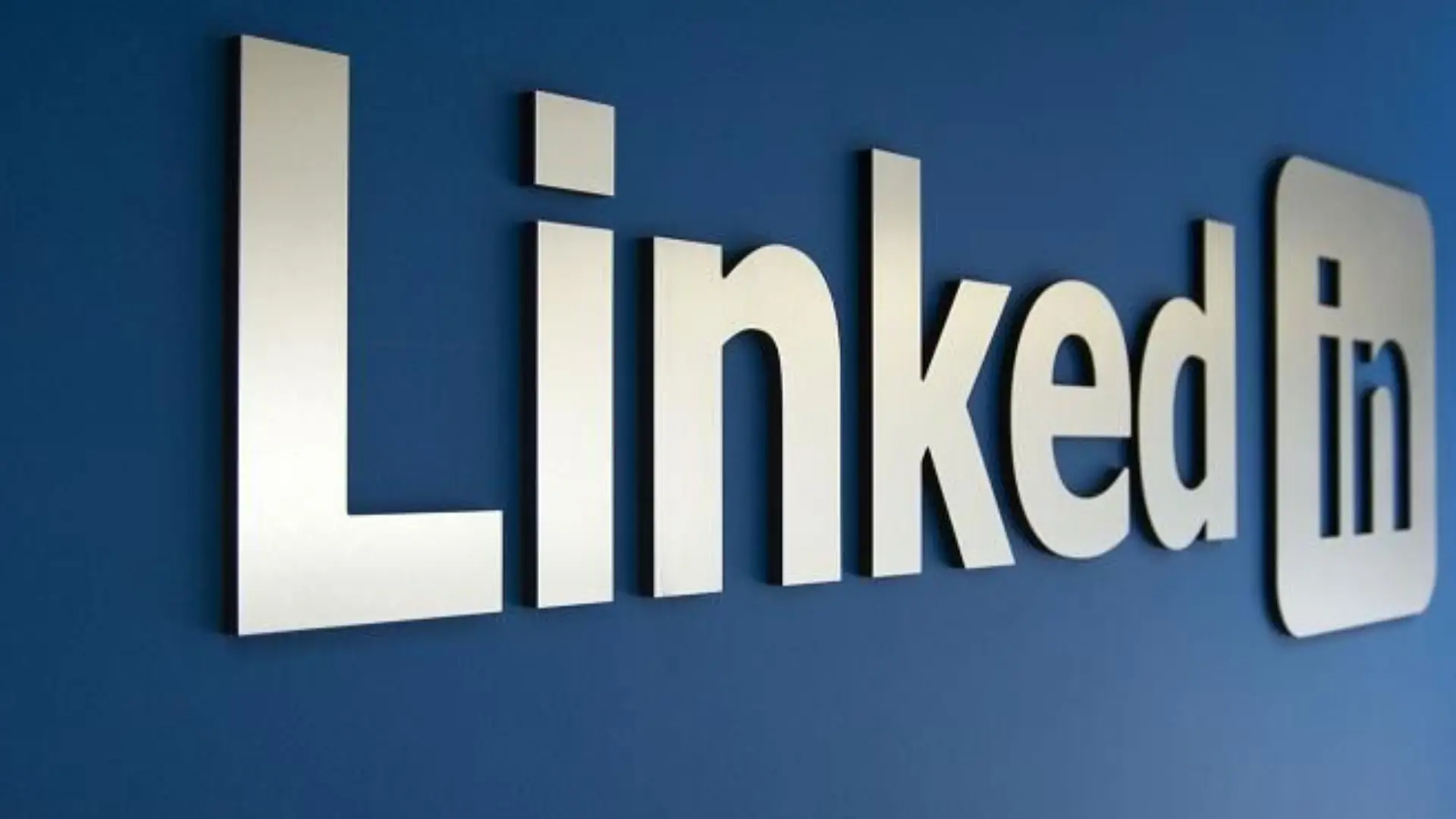India is ahead of the world when it comes to digitization and the adoption of financial technology. From seamless online payments to instant loan approvals and even buying insurance in just a few clicks all of this happens without a single piece of paperwork.
Financial services in India have penetrated every corner of the country, reaching people regardless of their geography or socio-economic background. In one way or another, nearly every Indian is now part of this rapidly expanding fintech movement.
But this brings us to a bigger question:
Why is this fintech revolution happening now and not 10, 20, or even 30 years ago?
The answer lies in two powerful forces: technology and funding. While innovation laid the groundwork, it’s the surge in capital that has helped these ideas scale into real, accessible solutions impacting millions.
Today, we’re witnessing levels of fintech investment that would’ve been unimaginable in the past.
Not just fintech, but India’s entire startup ecosystem has attracted billions in funding over the last decade.
But when we zoom in, one sector stands out clearly: Fintech has consistently attracted the lion’s share of funding.
So, why fintech?
To put things in perspective, consider this:
PM Narendra Modi stated that Indian fintech companies have raised over $31 billion, marking a 500% growth in just the last 10 years.
In the broader view, Indian startups raised over $140 billion in the last decade, whereas fintech alone claimed a major portion of that.
Even in 2023, despite funding slowdowns globally, fintech continued to thrive.
According to Inc42, five sectors fintech, edtech, e-commerce, health tech, and enterprise tech have accounted for 77% of all funding in 2023.
Among them, fintech led the way, attracting $3.8 billion across nearly 180 deals.
This isn’t just a one-time trend. Year after year, fintech continues to dominate. Why is that?
The answer lies in India’s economic realities and the deep-rooted financial challenges that fintech is solving.
Understanding the Fintech Landscape
The fintech ecosystem consists of several major segments: Lending, Payments, Insurance Tech, Wealth Tech, and Enabling Tech.
Out of these, Lending has emerged as the most active and funded segment, accounting for over 50% of total fintech investments.
To get a better understanding, let’s look at the numbers:
Between FY18 and FY23, India experienced a huge boom in retail lending that means more people started taking loans for their personal or business needs.
In just 5 years, from 2018 to 2023, the total amount of loans given to individuals (retail loans) doubled from ₹15 lakh crore to ₹30 lakh crore. That’s a solid CAGR of 14.8% every year.
Even home loans saw steady growth. They went up from ₹5.49 lakh crore to ₹9.15 lakh crore, growing at about 10.7% per year.
But if we zoom in and ask which type of loan grew the most?
The answer is simple: Personal loans.
For better understanding, look into the breakdown of the overall loan disbursals percentage:
- Personal Loans: 34%
- Home Loans: 20%
- Unsecured MSME Loans: 13%
- Gold Loans: 13%
- Vehicle Loans: 12%
- Secured MSME Loans: 8%
So what does this tell us?
One out of every three loans taken in India is a personal loan.
That’s massive. It clearly shows that people are borrowing more for personal needs whether it’s medical expenses, education, weddings, or just day-to-day emergencies.
Next in line are loans to small businesses (MSMEs) and gold-backed loans, which have also seen strong demand.
Now here’s where it gets even more interesting this exact trend is reflected in how investors are funding fintech startups.
Personal lending startups have raised more funding than any other lending segment.
Let’s look at some data again:
In consumer lending, personal loan startups received 65% of all lending-related funding in 2022 and H1 2024.
This was followed by education loan startups (10%) and home loan startups (8%).
Companies like Money View, KreditBee, Slice, and Stashfin have each raised over $100 million between 2022 and mid-2024.
MSME Lending is Also Rising
Along with personal lending, MSME lending startups have gained major traction.
Especially in the supply chain financing space, companies like Oxyzo, DMI Finance, Mintifi, and Yubi have raised upwards of $100 million in the same period.
Despite this growth, the demand is still there, but there is a huge gap particularly in the MSME sector.
A May 2025 NITI Aayog report reveals progress:
- From 2020 to 2024, formal credit access for micro and small enterprises rose from 14% to 20%
- Medium enterprises saw improvement from 4% to 9%
Though there is growth in these segments, as of FY21, only 19% of total credit demand from MSMEs was met through formal channels.
This leaves a massive ₹80 lakh crore credit gap, forcing most MSMEs to rely on informal or costly funding options.
This explains why so many startups continue to enter the lending spac and why they not only survive but thrive.
The demand is undeniable, and the opportunity is massive.
Why VCs Love Fintech, Especially Lending?
The answer is simple: demand. But there are even other reasons such as:
- High repeat usage
- Strong monetization models
- Enormous untapped markets
The credit gap at both the personal and MSME levels creates a natural demand funnel.
This, combined with digital infrastructure and behavioural shift, makes lending startups highly investable.
So it’s no surprise that lending continues to dominate the funding charts in the Indian fintech space.
But remember, this is just one piece of the whole fintech space.
Also Read: 16% of India’s Credit Card Spending Now on RuPay Network








